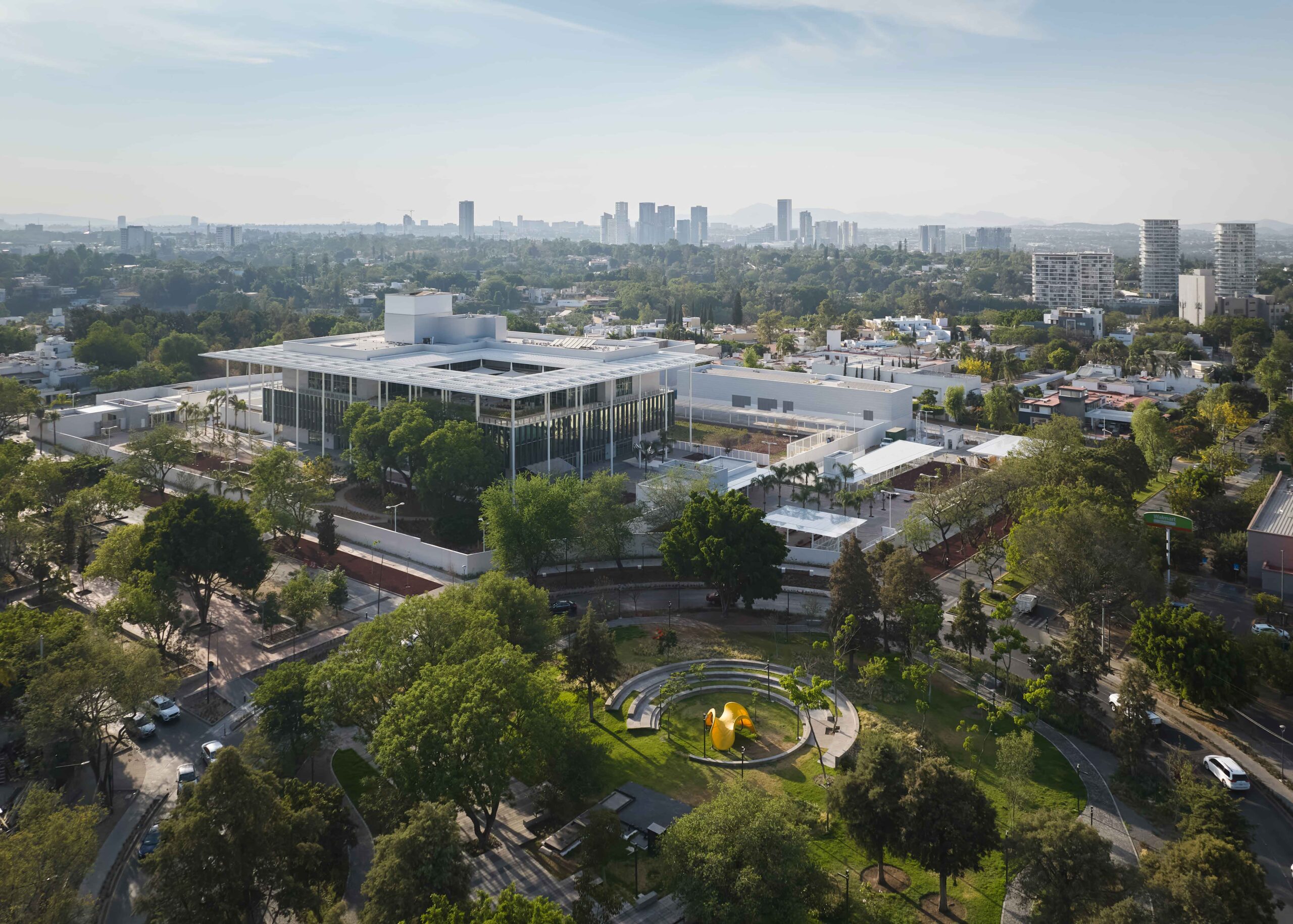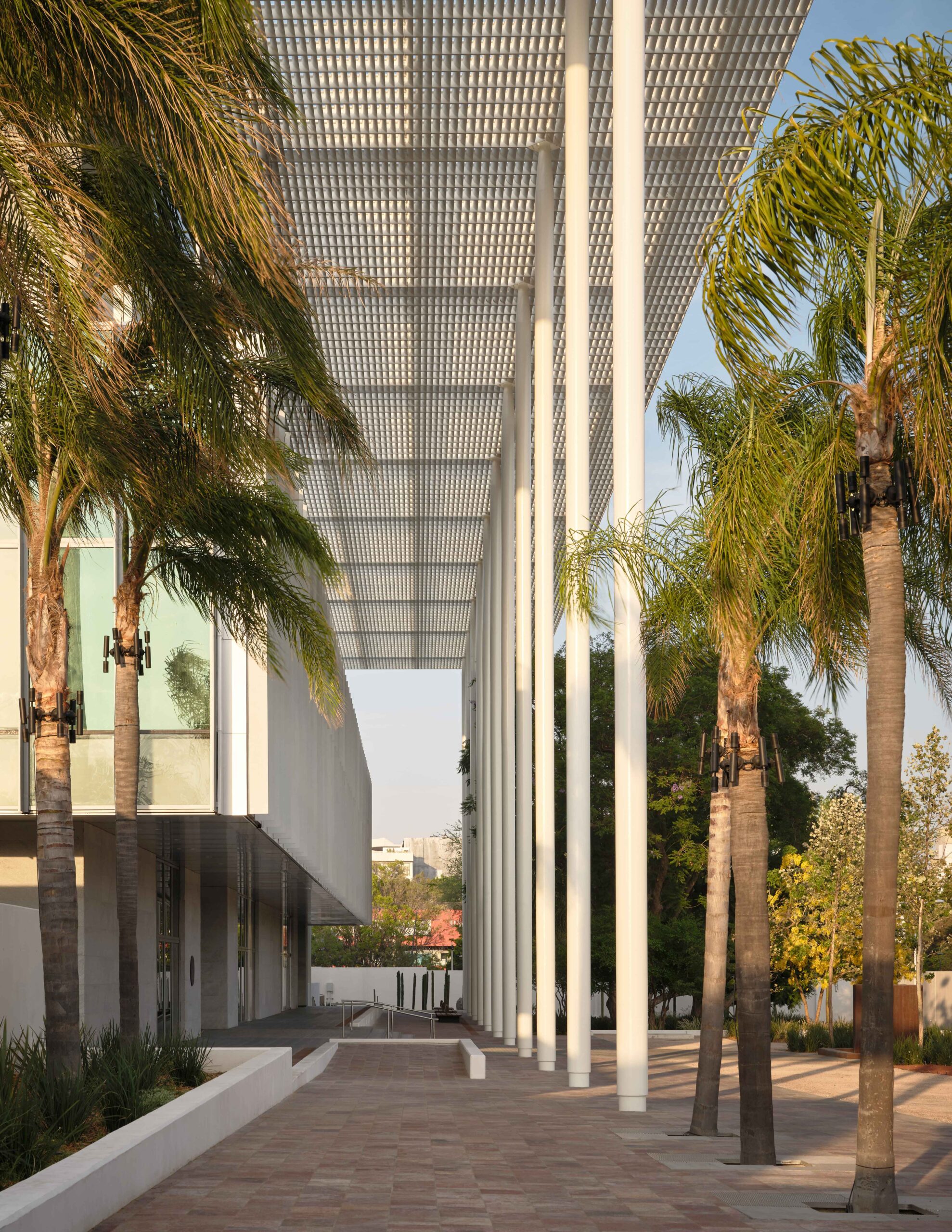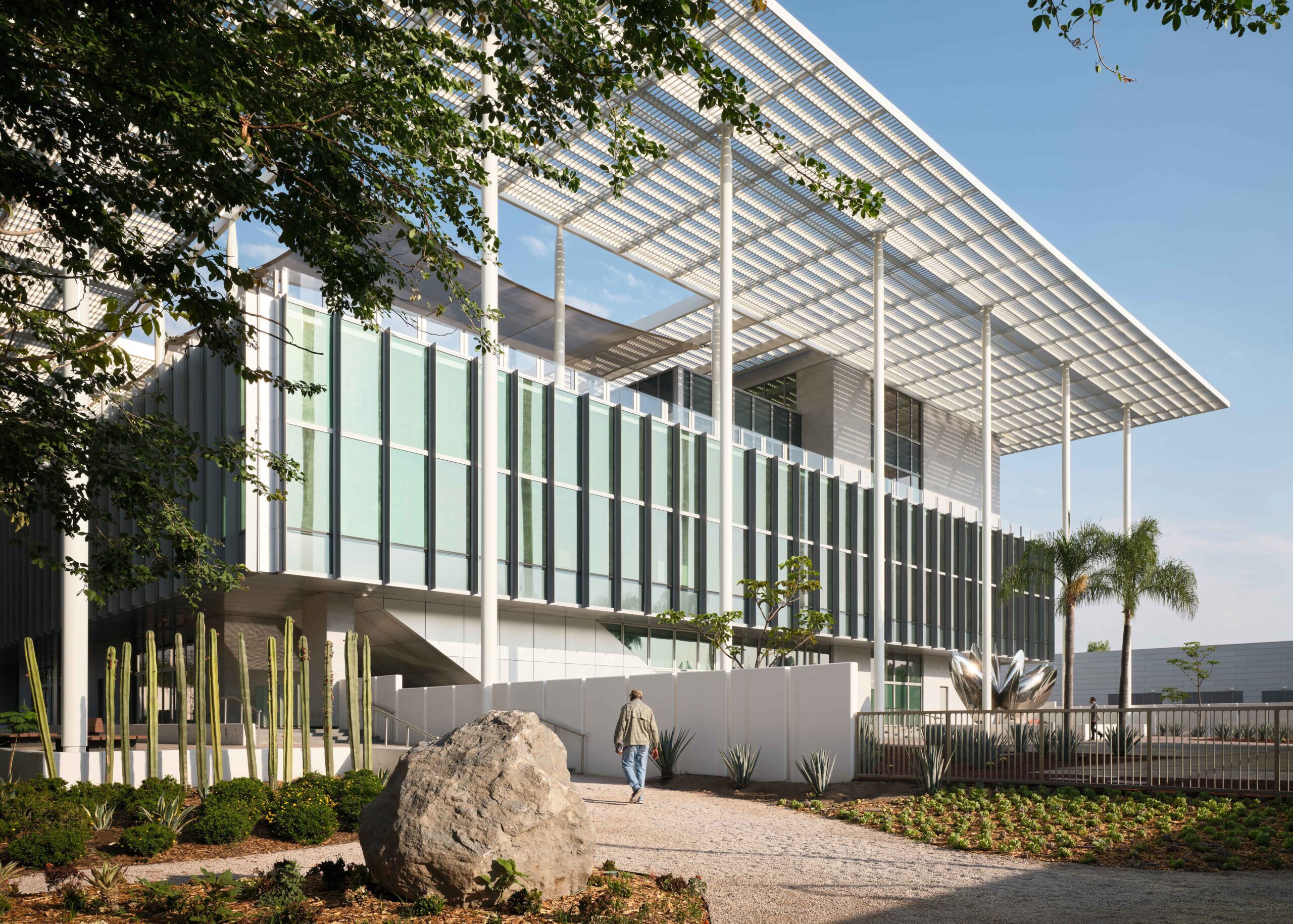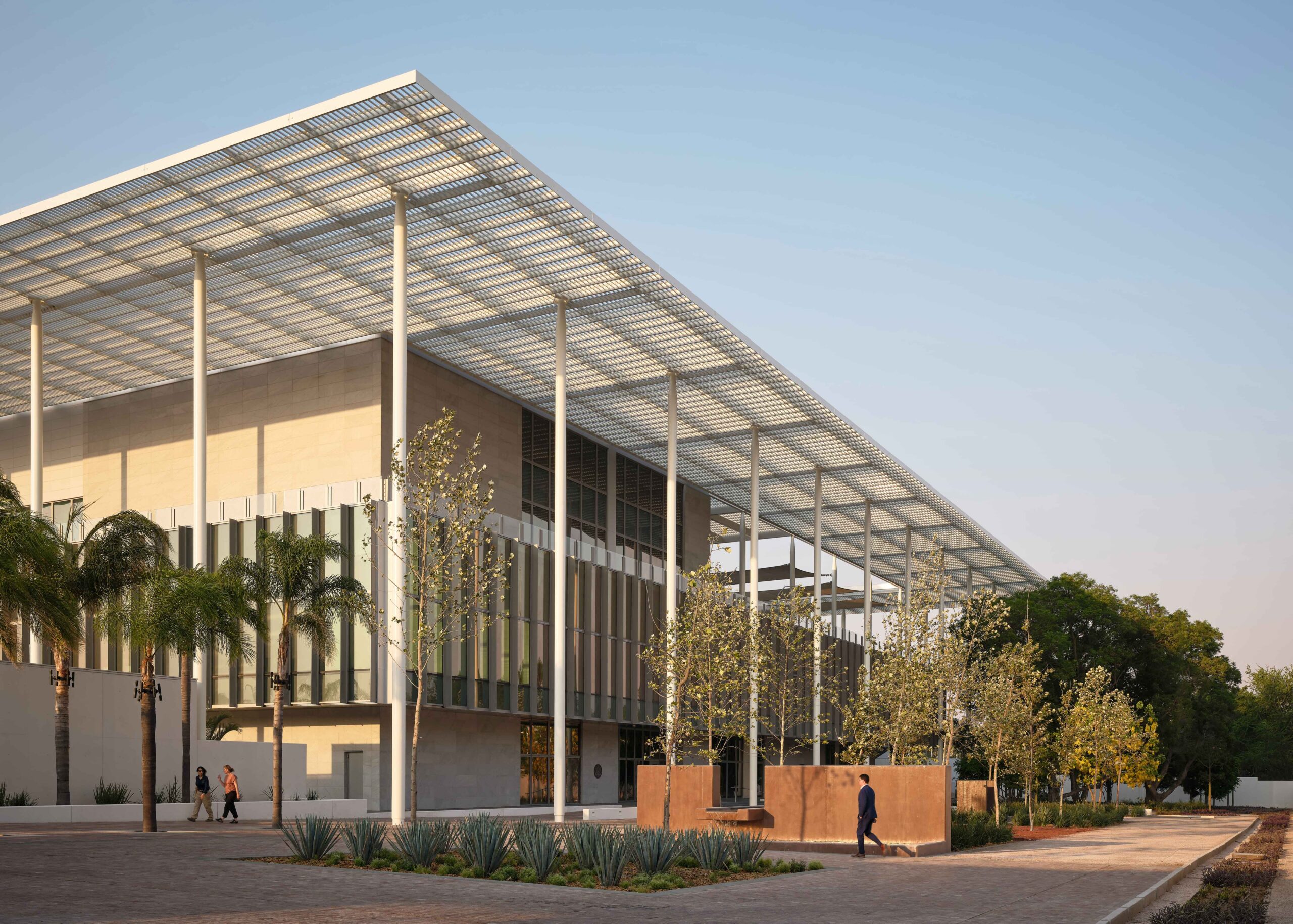
The United States and Mexico have a consequential bilateral relationship, directly impacting the everyday lives of millions of U.S. and Mexican citizens, whether through trade, joint security, or tourism. Within similar timeframes, the U.S. Department of State’s Bureau of Overseas Buildings Operations has undertaken five major builds across Mexico: four new consulate facilities in Hermosillo, Guadalajara, Merida, and Nogales, and a new embassy in Mexico City.
Since 1881, the United States Government has maintained representation in Guadalajara, initially through a Consular Agency, which evolved into a Consulate General in 1960. Situated in the heart of Jalisco, Guadalajara serves as the geographic epicenter of a region that draws a variety of tourists throughout the year: from beach enthusiasts flocking to the shores of Puerto Vallarta and Riviera Nayarit, to culture aficionados exploring the capital city’s vibrant streets, and adventure seekers setting out to explore Lake Chapala and the charming towns of Tequila and Ajijic. Guadalajara and its environs continue to provide an exciting vision for Mexico’s future: a strong regional partner with robust cultural and interpersonal ties presenting extensive opportunities for U.S. investment.
Project Overview
The Miller Hull Partnership
Design Architect
Page
Architect of Record
BL Harbert International
General Contractor
8.5 acres
Site Size
$191 million
Project Budget
$66 million
Estimated Local Investment
The new consulate general in Guadalajara is an important physical representation of the long-term commitment to the U.S.- Mexico relationship and a permanent presence.
The new consulate provides a safe, secure, functional, and resilient space to advance these initiatives and make the U.S. stronger, safer, and more prosperous.

Design & Construction
The massing of the site buildings mediates between the formal geometry of the main building and the irregular site edges, achieving a harmonious integration with the natural surroundings.
The modern design uses a neutral material palette that contrasts with vibrant art installations and native plants. Smooth white granite and concrete walls and white-coated steel for the canopy structure keep the attention on the lush greenery of the site, while glimpses of wood accents and vibrant colors from select interior spaces enhance visual interest from the outside.
An expansive 2nd floor consular space flooded with natural light was designed specifically for more efficient processing and improved the customer experience through efficient and streamlined customer entry and flowthrough. The new consulate general will accommodate anticipated increased traffic with 57 new consular windows, up from 17.
The training, experience, and certification provided to workers on this project expands the pool of skilled workers for future mission needs.


Building Performance
A model of building performance optimization, the resilient design reduces risk and operating costs associated with utilities and maintenance while enhancing natural hazards adaptation. Exceeding stringent Federal Performance Goals for energy efficiency, the building reduces energy consumption by 36% compared to the U.S. Green Building Council’s LEED® baseline and is targeting LEED Silver certification.
Utility optimization strategies such as the overhead palapa shading provides year-round comfort and reduces solar heat gain. Daylighting and efficient HVAC systems, energy consumption is reduced by 23% before renewables. Solar panels contribute 15% of the building’s energy needs, further reducing the project’s reliance on traditional energy sources. All of the site’s water features utilize rainwater captured from building roofs. Irrigation sourced from treated wastewater supports the project’s goal of net-zero water consumption. Drought-adapted native plantings such as agave, succulents, cacti, and trees highlight the region’s unique biodiversity.
Arts & Cultural Heritage
The new U.S. Consulate General Guadalajara embodies U.S. creativity and heritage through design and craftsmanship, fostering dialogue and diplomacy to strengthen relationships and advance U.S. interests.
A defining feature of the new consulate general is the incorporation of U.S. and Mexican contemporary artwork throughout the building, curated by OBO’s Office of Art in Embassies (AIE).
Three site-specific works include:
- Butterfly Effect, an outdoor sculpture by artist Norman Mooney reflects on the migration of Monarch butterflies from Mexico to the US.
- Floating Connections, an interior hanging sculpture by Beth Kahmi which contemplates the connections between the two cultures.
- Vectorscape: GDL, a composition of hand-painted terracotta Talavera Mexican tiles by Rafael Vasquez evokes Mexican modernism, textile traditions, and abstract paintings.

Press
- The Department of State Breaks Ground on the New U.S. Consulate General in Guadalajara, Mexico – United States Department of State
- The Bureau of Overseas Buildings Operations Announces the Construction Award for the New U.S. Consulate General in Guadalajara, Mexico – United States Department of State
- Building Diplomacy – State Magazine
